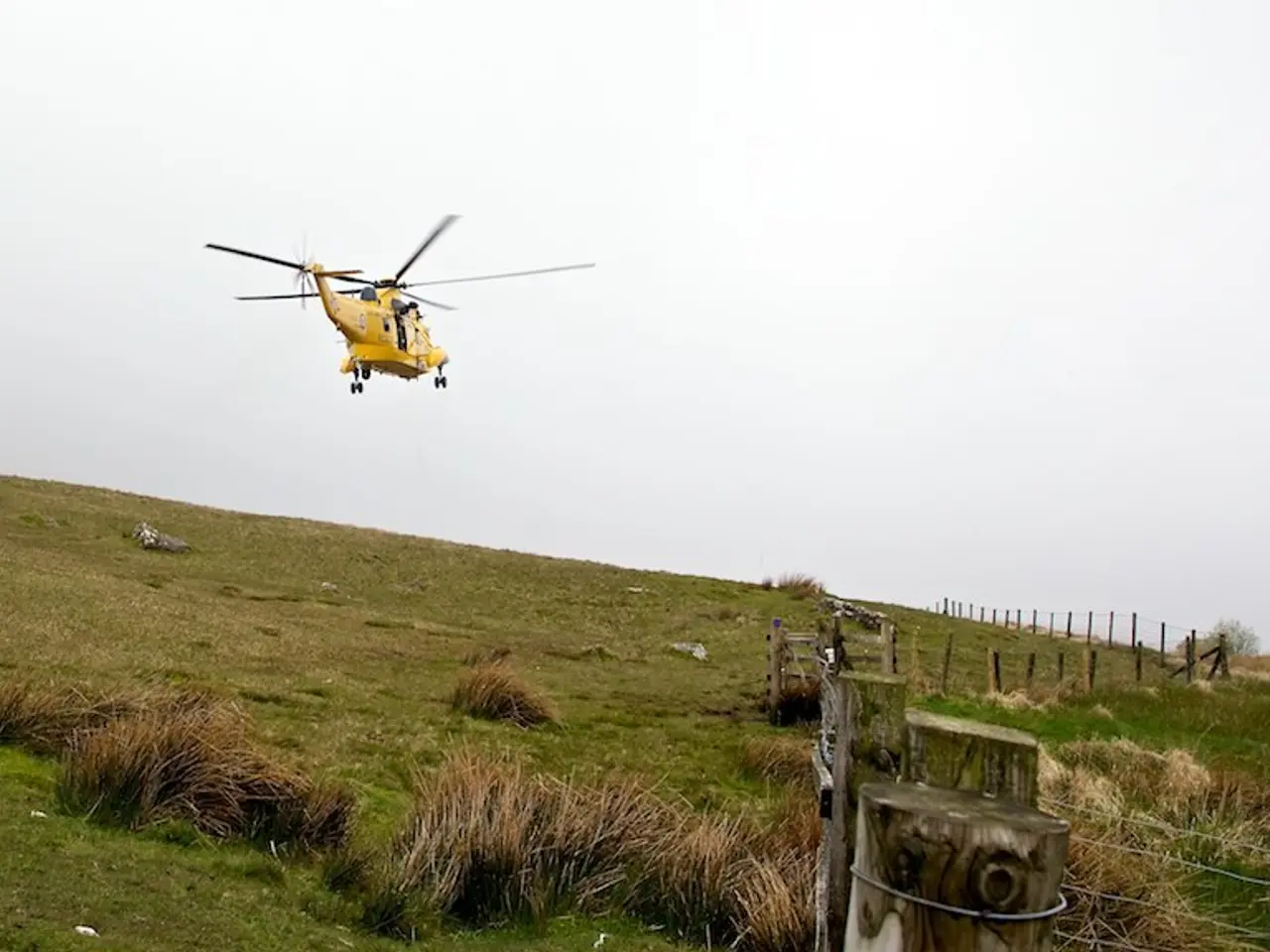Ground Speed and Airspeed: A Clarification of Their Distinctives
===========================================================
In the upper atmosphere, near the tropopause where airplanes cruise, there exist fast-flowing, narrow bands of strong winds known as jet streams. These high-speed air currents, concentrated in the westerlies, are significant for aviation due to their influence on ground speed during flight.
Jet streams form mainly due to temperature differences between air masses, with typical speeds exceeding 200 knots, or about 230 mph or 370 km/h. There are usually two main jet streams in each hemisphere: the polar jet, found around 30-60° latitude, and the subtropical jet, around 20-30° latitude.
For aviators, jet streams act like high-speed aerial highways that planes can use to speed up or slow down, depending on the direction of travel relative to these winds. When an airplane flies with a tailwind from the jet stream, its ground speed increases, potentially reducing flight times significantly. For example, eastbound flights that align with jet streams can shave off more than an hour on long routes. Conversely, flying against the jet stream headwind slows down the ground speed, increasing flight duration—typically why westbound flights tend to take longer.
Air currents generally move from west to east due to the Earth's rotation around its axis. When the air flow direction is the same as the airplane, wind contributes positively to ground speed. Conversely, when the air flow direction and the plane's direction are opposite, wind contributes negatively to ground speed.
The ground speed of an aircraft can reach up to 1,200 km, but this is common in aviation due to the differences in airspeed and ground speed. Airspeed refers to the speed of an aircraft relative to the air, while ground speed is the speed of the aircraft relative to the ground.
In a situation where an aircraft is cruising at a speed of 950 km and enters an air stream with a speed of 200 km blowing from the tail, the displayed ground speed can be 1,150 km/h. However, when the aircraft is moving in the opposite direction, the ground speed can be calculated as 950 - 200 = 750 km.
Vector addition is used in calculating ground speed to account for wind effects. This concept is crucial in flight planning to optimize fuel use and travel time. For instance, a plane going from Istanbul to Bangkok covers a distance in 8.5 hours, while the same distance on the return journey can take 10-odd hours due to air currents.
A video clip explaining the formation of Jet Streams is available for viewing. This visual aid provides a deeper understanding of these high-speed air currents that can be encountered especially in the region between Iran and India.
In summary, jet streams are a vital factor in aviation, influencing ground speed during flight and acting like high-speed aerial highways for planes. Understanding their behaviour and effects can help optimize flight planning, fuel use, and travel time.
Technology and science play a significant role in the study of jet streams, with meteorology using both to understand their formation, behavior, and impacts on aviation. By analyzing data from satellites and weather stations, scientists can predict the movements and speeds of jet streams, aiding pilots in optimizing their flight plans for fuel efficiency and reduced travel times. Furthermore, advancements in technology, such as vario sensors and windshear alerts, help pilots navigate and safely maneuver their aircraft around these powerful air currents.




